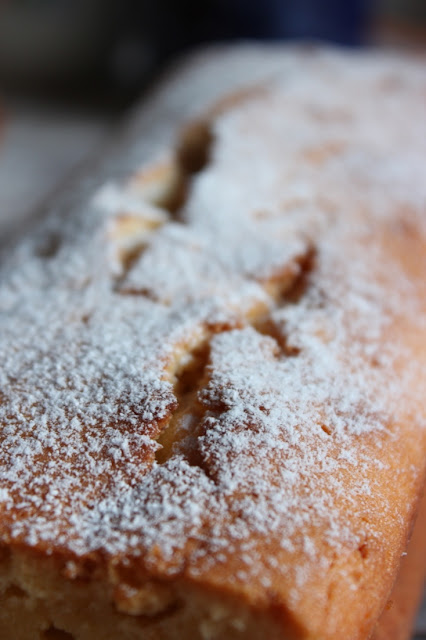 |
| Sweet Poppy Seed Rolls |
The first blog post of this year is inspired by the culinary fascination of poppy seeds that the Austrians are maintaining in their cuisine.
I had the opportunity to visit Austria this week. A lovely country and friendly people. This time I didn´t see much of Vienna, the cake capital of Europe if you ask me, but spent a few days in Waldviertel in Lower Austria.
I found out that Waldviertel is an area where up to 700 hectares of poppy fields are cultivated per year. Imagine when in July these fields are blooming. Not a gram worse a picture than the tulip fields in Holland. The seeds are used both in sweet as well as in savoury dishes. A whole lot of cakes are made with poppy seeds. You may find on the menu
"Mohntorte" and it is likely that you get a different cake in each place, but for sure with generous amount of poppy seeds in it.
Another interesting fact that talks about the popularity of this ingredient is that poppy seeds were traded on London Commodity Exchange until early 1930s.
I found a local saying on Internet (www.mohndorf.at) that says that if you eat poppy seeds on New Year´s Day the money will not run out the whole year.
"Isst man am Neujahrstag Mohn zuhaus, geht das ganze Jahr das Geld nicht aus".
I don´t know if Austrians make poppy seed rolls like these or not. My Mom used to make such poppy seed rolls when we were young. It always felt like there wasn´t enough poppy seeds in them even though they tasted wonderful.
Sweet Poppy Seed Rolls
Ingredients for 10-12 rolls
For the dough:
20g fresh yeast
1dl sugar (brown)
1.5dl warm milk
a pinch of salt
1 egg
1 dl vegetable oil (eg. rape seed oil)
6 dl flour ( I used half whole wheat flour, Halbweiss in German)
0.5tsp finely ground cardamom
0.5tsp vanilla extract
For the filling:
70g poppy seeds
100g soft butter
1dl powder sugar
To finish:
1 egg, beaten
almond flakes, totally optional
Mix the yeast, sugar, milk and salt until sugar and yeast have dissolved. Mix in the egg.
Add flour and combine all together into a dough.
The dough should not be too runny, as this recipe is for 1 raising cycle only. Some yeast doughs call for a pre-raising and main raising., but we keep it simple here as nobody wants to wait too long for a warm poppy seed roll.
Put a plastic bag on top of the dough bowl and cover with a kitchen towel.
Place the bowl in a warm place. Strictly avoid draft. Leave it to do its work for about 1 hour.
In the meantime prepare the filling.
Mix the soft butter with sugar and poppy seeds in a bowl.
Heat the oven to 200 degrees Celcius. Place a baking paper on the baking sheet or butter the ramekins and sprinkle a little flour or poppy seeds on the buttered walls.
When the dough has grown twice its original size, place it on a floured surface and roll or stretch it out to a thickness of about 7 mm.
Spread the poppy seed mix on the dough and if you are in a hurry roll the dough lengthwise and cut rolls of about 3 centimeters thick.
If you have more time and want to add a little extra to your rolls then from the short side of the rolled out dough cut a ca. 6-7 cm wide piece of dough, cut 3 stripes of 2 cm wide into it, except at the top leave 2 cm together and make a plait. Roll the plait together and put it in a ramekin.
Brush the rolls with the beaten egg and place them on the baking sheet. Leave to raise for 15 minutes. Optionally sprinkle a few almond flakes on top and bake for 20 minutes until nicely brownish on top and cooked inside.
If you are using ramekins, the rolls need 5-10 minutes longer in the oven.
For an extra sweet touch pimp up the rolls with powder sugar.
 |
| Sweet side of life |


















































